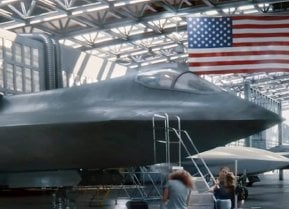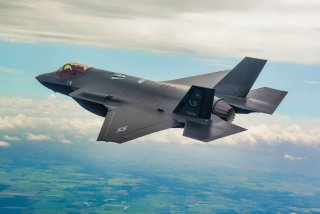China Would Freak: Would America Sell F-35 Fighters to Taiwan?
Unfortunately, despite the F-35 Lightning II's incredible capabilities, its high cost and the likely course of a conflict with China make it a poor investment.
Taiwan: Destined to Get the F-35? Since the 1940s, the U.S. and other Western allies have invested heavily in the Republic of China (ROC), as the Government of Taiwan is known.
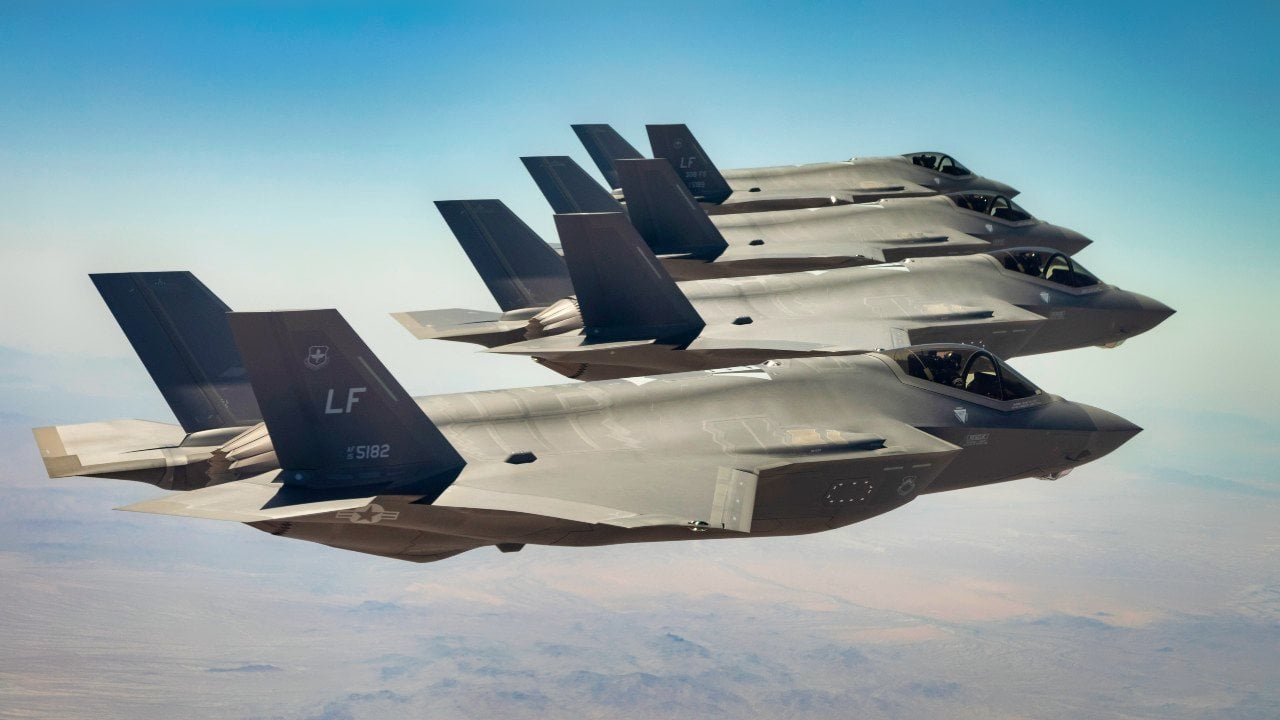
Throughout the last eight decades, a variety of weapons systems, most relatively advanced, have made their way to the island nation.
Throughout the latter half of the 20th century, this allowed Taiwan to have a slight technological edge over the People’s Republic of China (PRC).
In the 21st century, the PRC has undertaken a major modernization campaign. The result is a large, capable force which now outstrips the ROC’s defense forces in virtually every metric. As this imbalance increases, some have begun calling for the U.S. to sell the advanced F-35 Joint Strike Fighter (JSF) to Taiwan. After all, other Pacific allies such as Japan and South Korea have already taken deliveries on the JSF, so why not Taiwan?
Unfortunately, despite the incredible capabilities of the F-35 Lightning II, its high cost and the nature in which a conflict with China is likely to play out make it a poor investment. The performance of the Ukrainian Air Force in the conflict with Russia, gallant as it has been, gives further credence to the idea that even an advanced ROC fighter component would struggle in a war with China.
A brief overview of the F-35:
The Lightning II fighter is widely considered to be the most advanced fifth-generation platform in the skies today. Powered by the Pratt & Whitney F135 engine, the F-35 can reach speeds in excess of Mach-1.6 (times the speed of sound). The fighter also features high-tech sensing and functions as a robust multi-role fighter platform. The jet can launch AIM-9X Sidewinder missiles, which are capable of changing course after being fired. In combat mode, the Lightning II can transition into its “Beast Mode,” where it can carry up to 22,000 pounds of ordnance, including two AMRAAMS, six JDAMS, and two Sidewinders. Considering these impressive specs, it makes sense that Taiwan wishes to acquire the platform.
The lay of the land:
Taiwan’s current fighter force consists of 103 F-CK-1 Ching-kuos, an indigenously developed fighter, 45 Mirage 2000s, and 114 F-16V Falcons with a further 66 F-16C on order. The complement of 262 aircraft, all 4th or 4.5th generation, are dependable platforms in their own right, capable of both strike and fighter missions, however, in an all-out war against the modern PRC threat, they would suffer ghastly attrition.
In addition to struggling against Chinese air-to-air and surface-to-air systems, these fighters have another major vulnerability. They must launch from and recover to airbases. These fixed targets are all within range of a number of Chinese weapons which could target runways, support infrastructure, or the fighters themselves. Perhaps the ultimate repudiation of a sale of F-35s to Taiwan is the idea that the majority, if not all of them, could be destroyed on the ground before even taking flight.
Should Taiwanese fighters attempt to establish some air superiority, they would be up against fifth-generation J-20s as well as the highly capable 4.5th generation J-16. When working with the KJ-500 airborne early warning and employing PL-15 missiles, these fighters could engage Taiwanese aircraft from Chinese airspace.
Even if the ROC Air Force (ROCAF) had technical parity in the form of F-35s, they would be incredibly outnumbered. The limited budget of the ROC means they would be able to purchase somewhere between 40-70 of these expensive aircraft. The PLAAF has over 200 J-20s alone.
What fighters could do:
All of this is not to say that the ROCAF should be entirely disbanded. There is still important work they could carry out in lower intensity conflicts. Surface-to-air missiles (SAMs) by their nature cannot determine exactly what they are shooting at. Should the PRC continue with their incursions of Taiwanese airspace, it is useful to have fighters which can intercept and escort the Chinese aircraft.
Additionally, a reserve of aircraft can act as a “force in being” like navies of the early 20th century, requiring Chinese planners to account for them and perhaps use valuable time and assets suppressing them. Saddam Hussein used a similar philosophy during the First Gulf War. Although coalition forces were able to neutralize this threat relatively quickly, in the case of Taiwan, even a few extra days could allow allied forces to reach the battlefield and perhaps prove decisive. Reliance on outside assistance in a conflict with China is a central tenet of any plan to prevent the PRC from occupying Taiwan and another consideration when debating whether to provide F-35s to the PRC.
An overview of alternatives:
A 2016 RAND report explored different options for ROC air defense. Although nearly a decade old it still offers valuable insights and even explores the possibility of the ROCAF acquiring F-35s. Ultimately, they argue that the ROC must “substantially reduce the size of its fighter force and invest in SAM capabilities.” Money towards SAM systems goes much farther and creates a much more survivable air defense structure capable of meeting various scenarios.
In 2024, the situation has, if anything, shifted towards the worse for the PRC and the conclusions of the report still stand. Additionally, as mentioned, allied forces would no doubt play a crucial role in any conflict over Taiwan. Without significant support from Japan, South Korea, and particularly, the U.S. the island nation is doomed. As stated, all three of those nations already possess F-35s as well as other advanced assets and their combined might tips the balance favorably towards the survival of the PRC.
Ukrainian and Russian Experience:
In considering this question, it is illustrative to consider the experience of Russia and Ukraine in their current conflict. At the outset of the war, Ukraine had between 80-90 fighter aircraft, Russia more than 1,000. Yet after a few short months of work, neither air force is sortieing at a significant rate. The primary reason is SAMs. By supplying Ukraine with more and better of these systems, the Ukrainian Armed Forces (UAF) have managed to keep Russian aircraft from operating with impunity, instead forcing them to strike from long ranges with more expensive weapons.
A similar theory can be applied to Taiwan, arguably with greater effect. Many Ukrainian air defense systems are tied up protecting infrastructure - cities, powerplants, etc. - in the interior of the country. Due to its small size, Taiwanese SAMs would be able to protect both military and civilian targets at the same time. The PRC faces a difficult problem in defending its airspace. Some believe the acquisition of the JSF would go a long way towards countering the Chinese threat. Unfortunately, the answer is not that simple.
Acquiring the JSF would siphon away money from other, cheaper ways to degrade Chinese air assets and deny them unfettered access to Taiwanese airspace. Any defense of Taiwan relies on partner nations and the destruction of fighters on the ground does little in the way of holding the PRC at bay long enough for those allies to arrive. The experiences of the UAF demonstrate the lethality of SAMs and their ability to contest an airspace and restrict enemy operations.
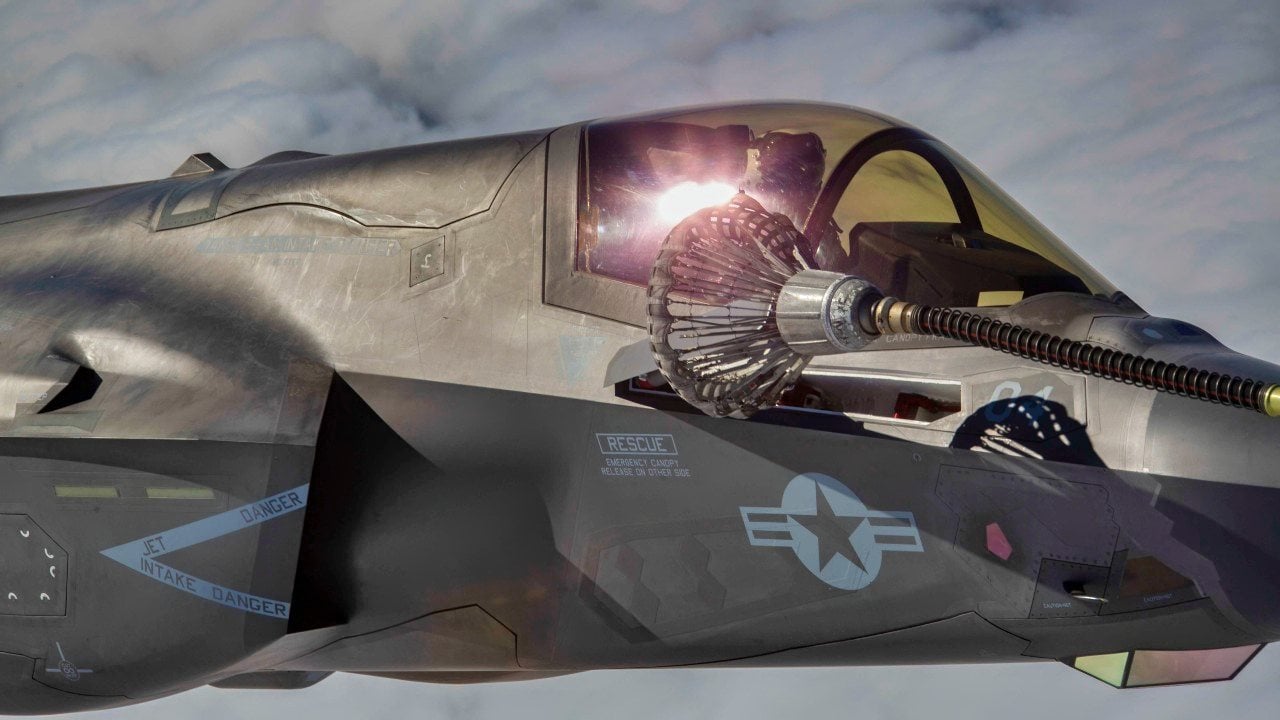
Other, minor concerns which are frequently mentioned also bear repeating here. Namely that if the U.S. gives F-35s to Taiwan and the island falls, the PRC, chief rival to the U.S. will have the latest and greatest technology to reverse engineer. Some also warn that sale of these jets would represent an escalation away from the status quo and could even drive China to attack.
Ultimately, there appears to be little appetite in the U.S. or Taiwan for such a F-35 sale to go through and with good reason. For now at least, the JSF will fly from carriers and partner nations while the ROCAF will operate its current fleet of fighters.
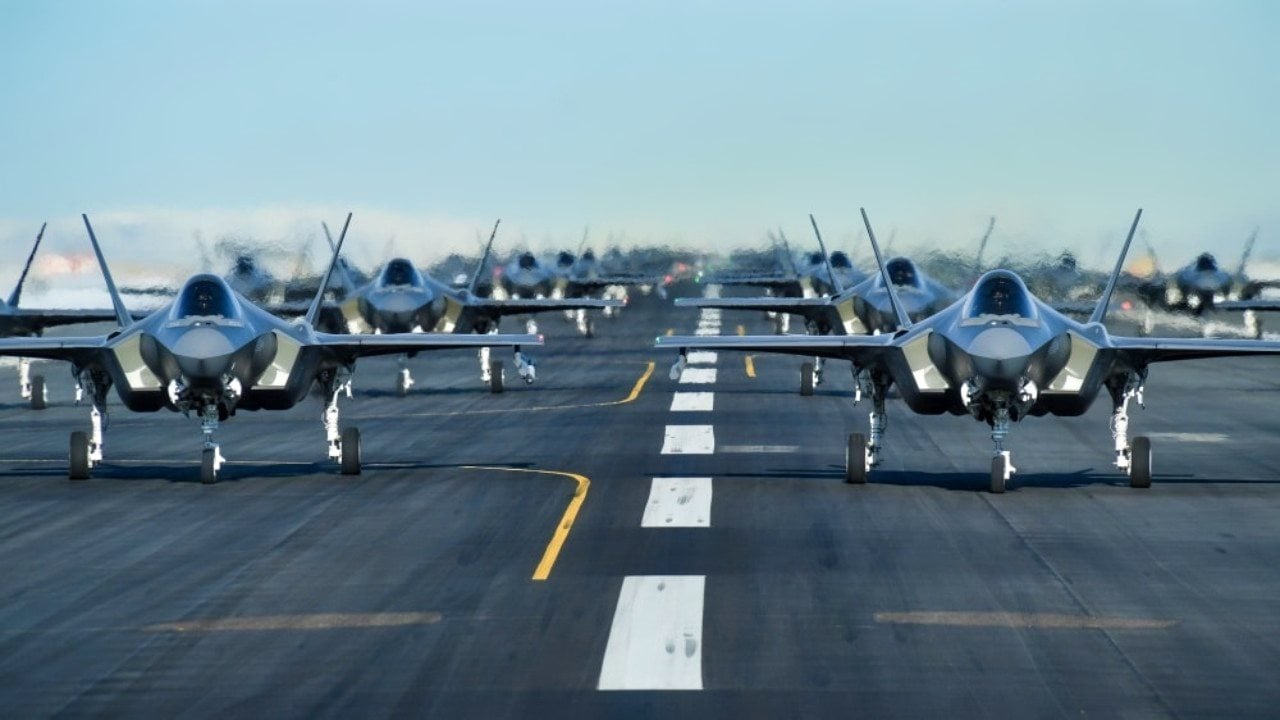
About the Author: Maya Carlin, Defense Expert
Maya Carlin, National Security Writer with The National Interest, is an analyst with the Center for Security Policy and a former Anna Sobol Levy Fellow at IDC Herzliya in Israel. She has by-lines in many publications, including The National Interest, Jerusalem Post, and Times of Israel. You can follow her on Twitter: @MayaCarlin.
